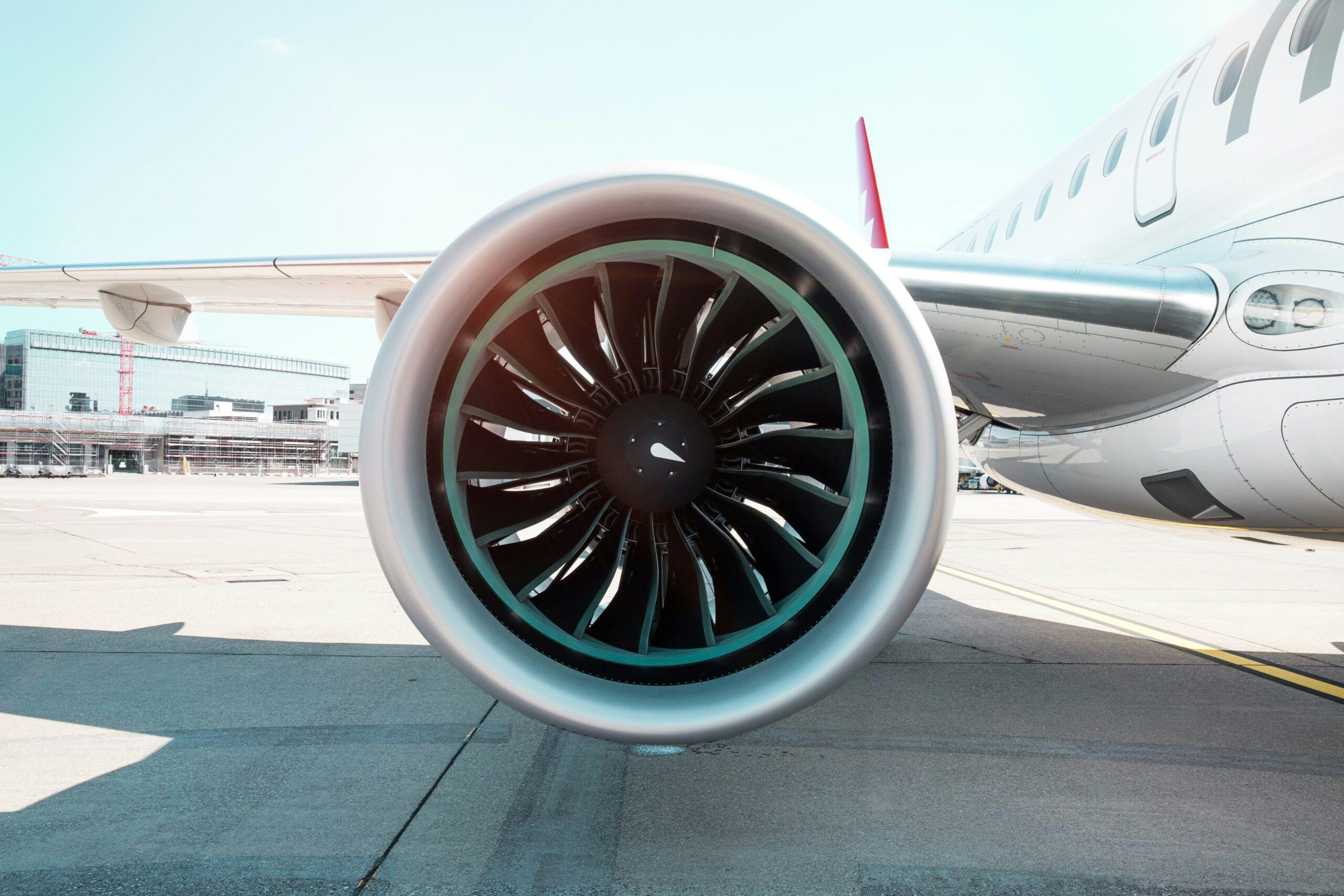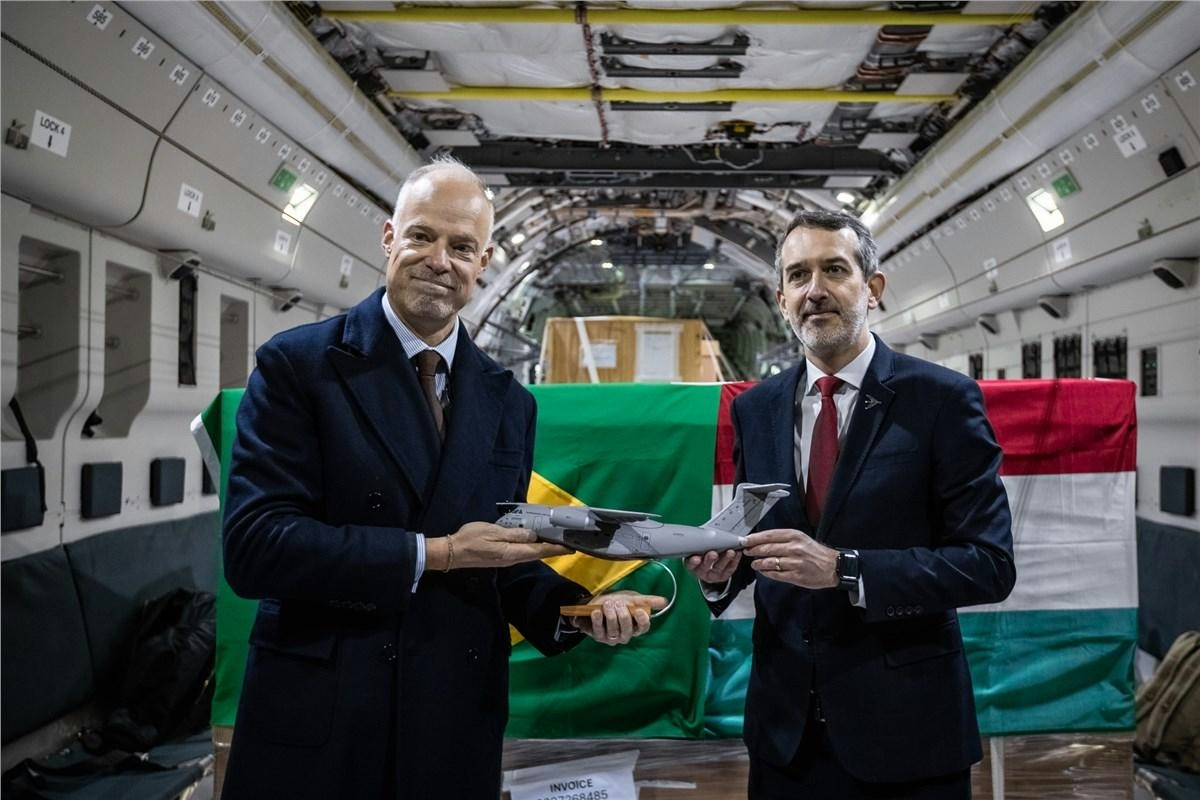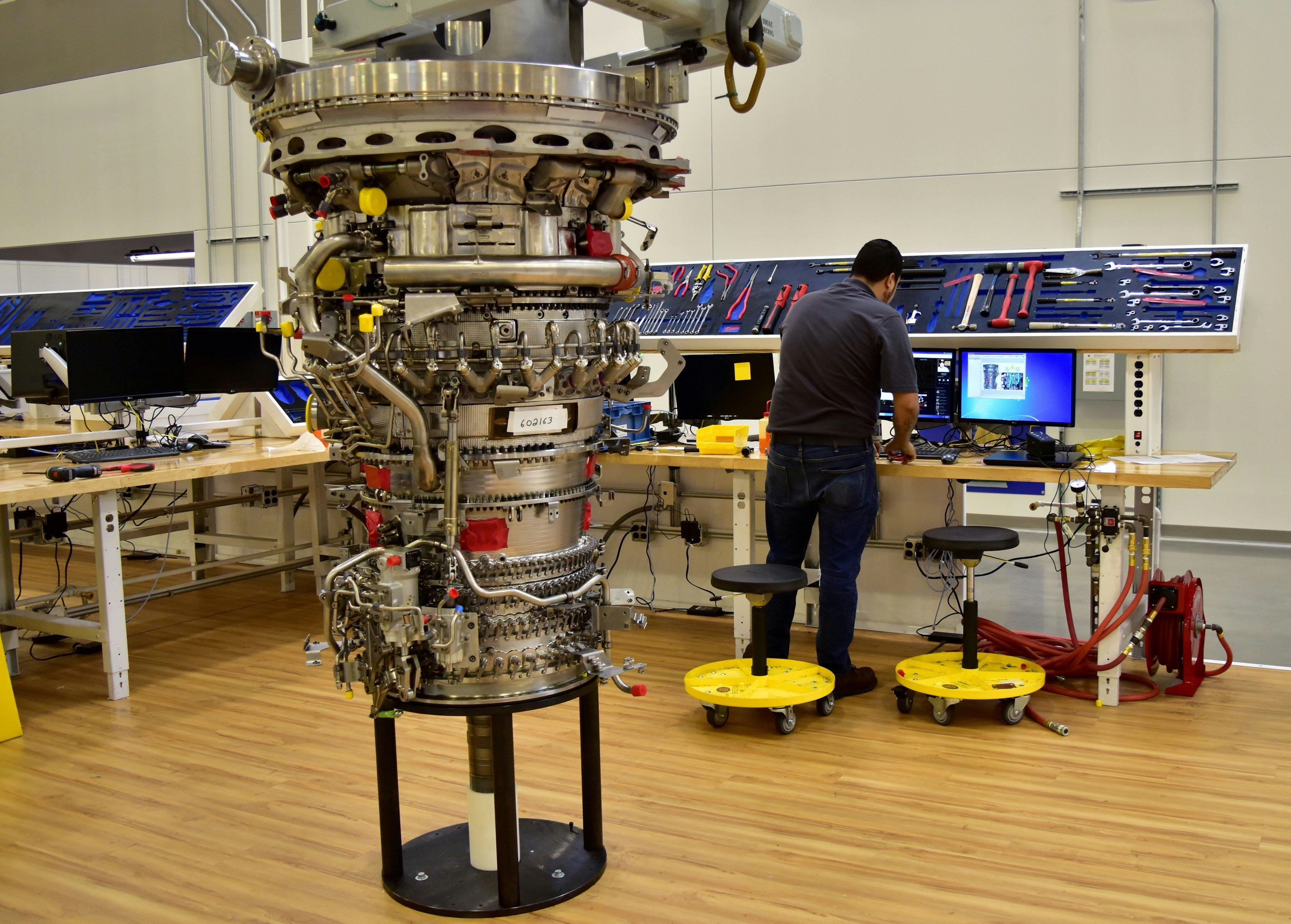
AeroGenie: il tuo copilota intelligente.
Tendenze
Categories
Warburg Pincus Acquires Hong Kong-Based Topcast Aviation Supplies

Warburg Pincus Acquires Hong Kong-Based Topcast Aviation Supplies
Private equity firm Warburg Pincus has reached an agreement to acquire Topcast Aviation Supplies, the largest independent distributor of aircraft parts and provider of maintenance, repair, and overhaul (MRO) services in Asia. Headquartered in Hong Kong, Topcast has been majority-owned by Permira since 2019, following the global investment firm’s acquisition from the company’s founders. Financial details of the transaction were not disclosed.
Expanding Presence in Aerospace Supply Chain
Established in 1991, Topcast supplies both aftermarket and original equipment manufacturer (OEM) aircraft parts and consumables, alongside repair and technical services tailored to airlines, MRO providers, and manufacturers. The company maintains a broad operational footprint with over 20 offices spanning the Asia-Pacific region, Europe, the Middle East, Africa, and the Americas.
This acquisition enhances Warburg Pincus’s aerospace portfolio amid a projected multi-year upcycle in commercial aviation, driven by fleet expansions, rising maintenance demands, and persistent shortages of parts and engines. The firm’s aerospace investments include notable companies such as Accelya, Aquila Air Capital, CAMP Systems, Consolidated Precision Products, Extant Aerospace, TransDigm, Triumph, and Wencor.
A spokesperson for Warburg Pincus emphasized that the firm’s extensive experience in civil aviation and its long-term commitment to the Asian market were pivotal in establishing the partnership with Topcast. The private equity group intends to support Topcast’s growth by bolstering its local capabilities in Asia, expanding collaborations with global OEMs, and investing in service infrastructure and digital technologies.
Strategic Outlook and Industry Implications
Ben Zhou, managing director and co-head of China Private Equity at Warburg Pincus, highlighted the Asia-Pacific region as one of the world’s most dynamic and rapidly growing civil aviation markets. He praised Topcast for its strong reputation as a trusted and innovative partner to airlines, MROs, and OEMs, contributing to the efficiency, reliability, and safety of the aviation supply chain.
Topcast’s CEO, Orson Lo, affirmed that under Warburg Pincus’s ownership, the company will continue to invest in its workforce, repair capacity, and global operations to sustain its competitive edge.
The acquisition faces potential challenges, including obtaining regulatory approvals, integrating Topcast with Warburg Pincus’s existing portfolio, and managing market responses. Competitors may react by enhancing their service offerings or pursuing acquisitions to protect market share. Industry analysts note that such transactions can lead to volatility in the stock prices of related companies, depending on market perceptions.
This deal coincides with Warburg Pincus’s involvement in other significant transactions, notably ongoing discussions to acquire Clearwater Analytics, which may influence the firm’s strategic priorities and resource allocation.
Warburg Pincus manages assets exceeding $85 billion globally, with an active portfolio of more than 215 companies across diverse sectors and regions. Since its founding in 1966, the firm has invested in over 1,000 companies worldwide. In the Asia-Pacific region, Warburg Pincus boasts over 30 years of investment experience, having deployed approximately $34 billion across more than 270 companies. The firm is headquartered in New York, with offices in key cities including Hong Kong, Beijing, Shanghai, Singapore, and Tokyo.

Deutsche Aircraft Appoints Ernst-Georg Schröder Manager of Final Assembly Line for D328eco

Leading Companies in Aviation Artificial Intelligence: Airbus, Amazon, Lockheed Martin, Tata Power, Thales

Embraer and ILIAS Partner to Enhance Military Fleet Management

GE Aerospace Expands North Carolina Facility with $53 Million Investment to Address Supply Chain Issues

Manufacturer of China’s C919 Secures Capital Injection Amid Supply Chain Issues

Africa’s Aviation Sector Adopts AI Amid Challenges

FTAI Aviation Shares Rise 6.3% Following AI Partnership with Palantir

Airports Innovate 2025 Shapes the Future of Aviation

How Volcanic Ash Disrupts Aircraft Engines
